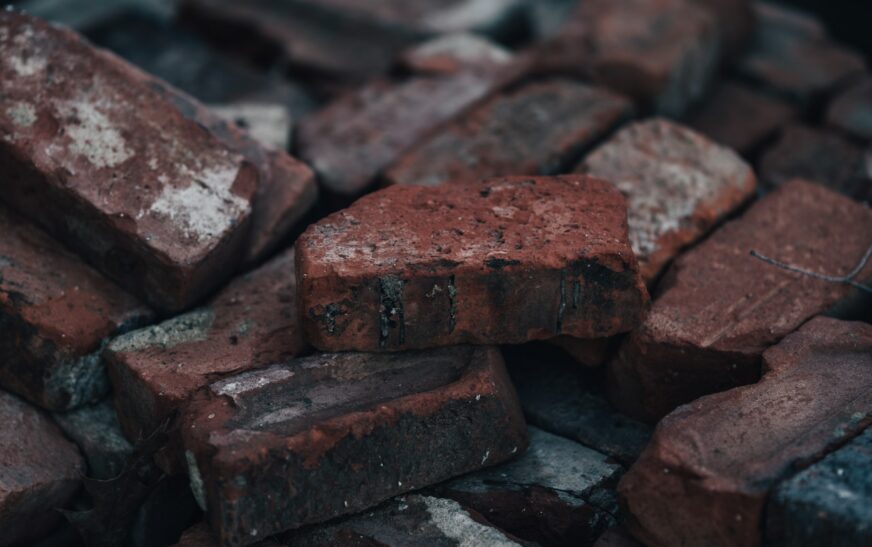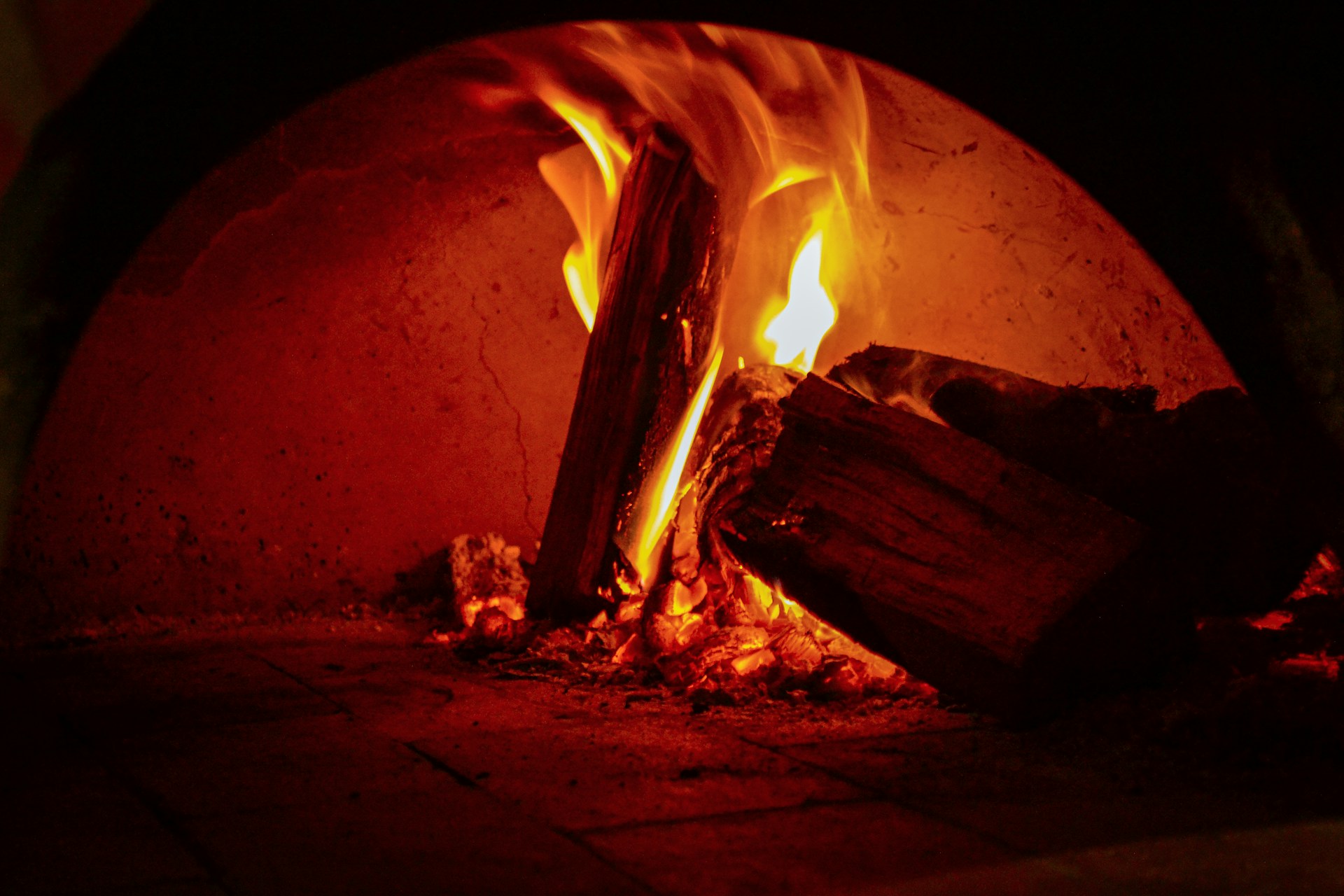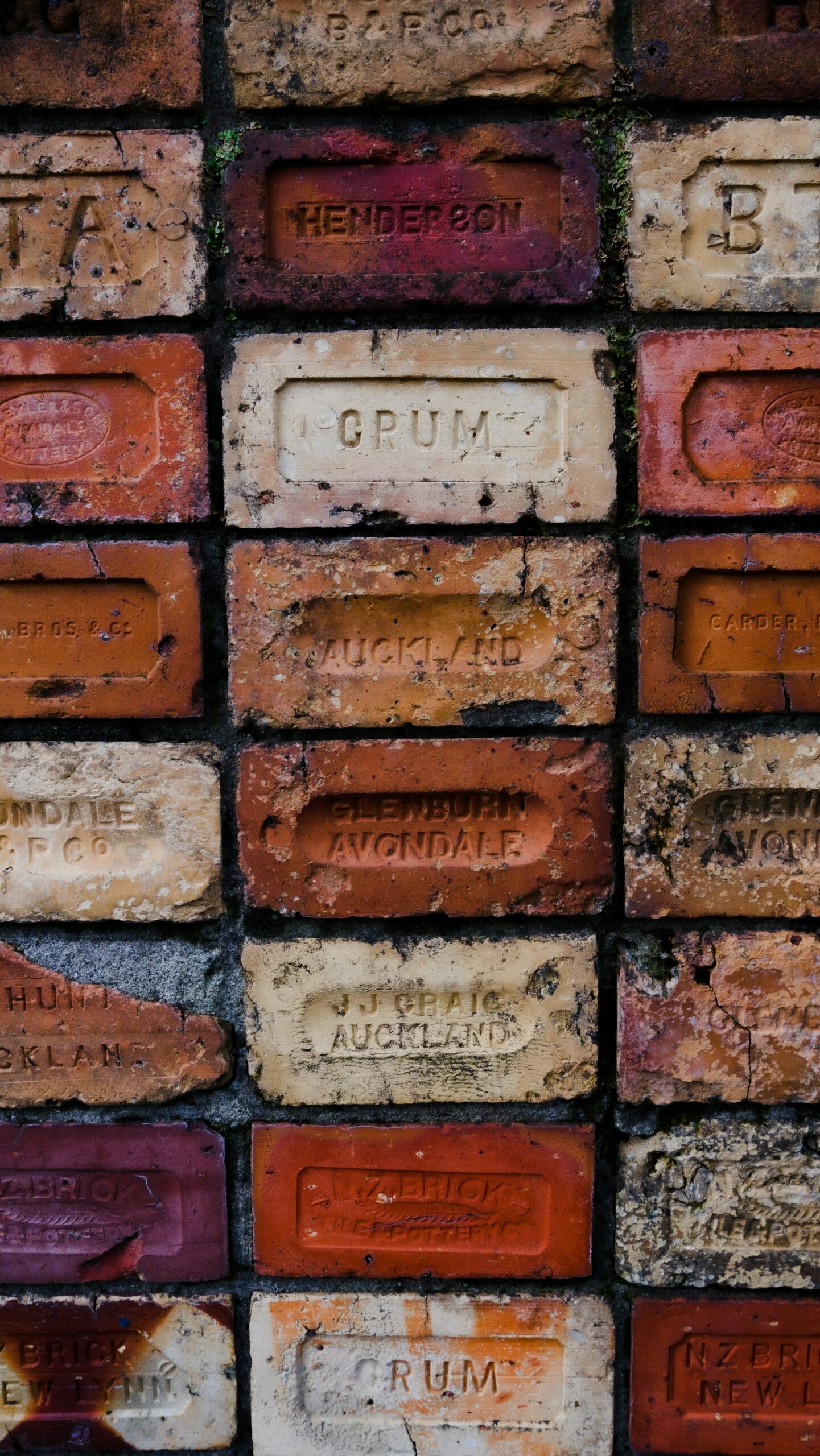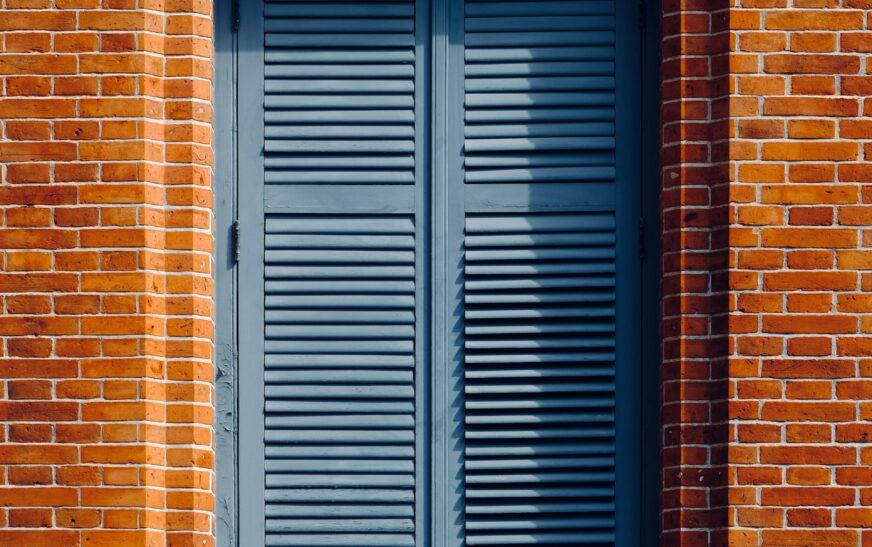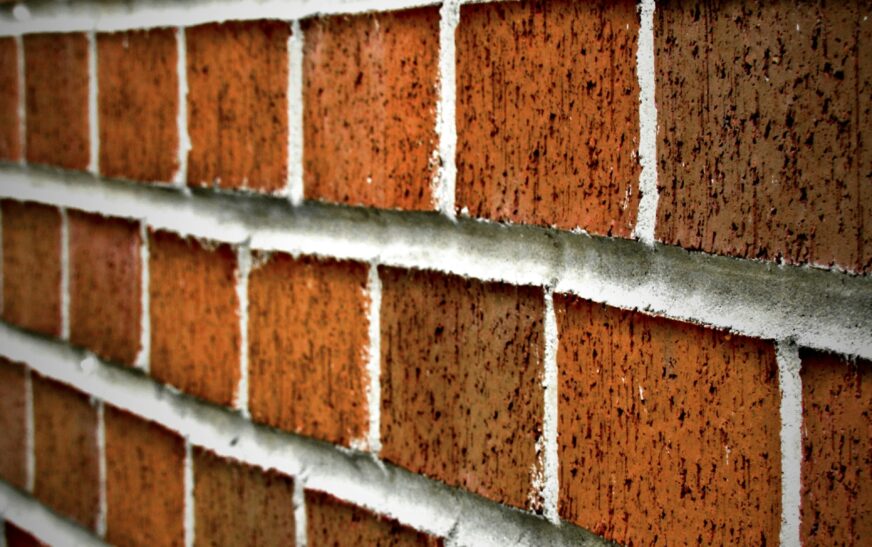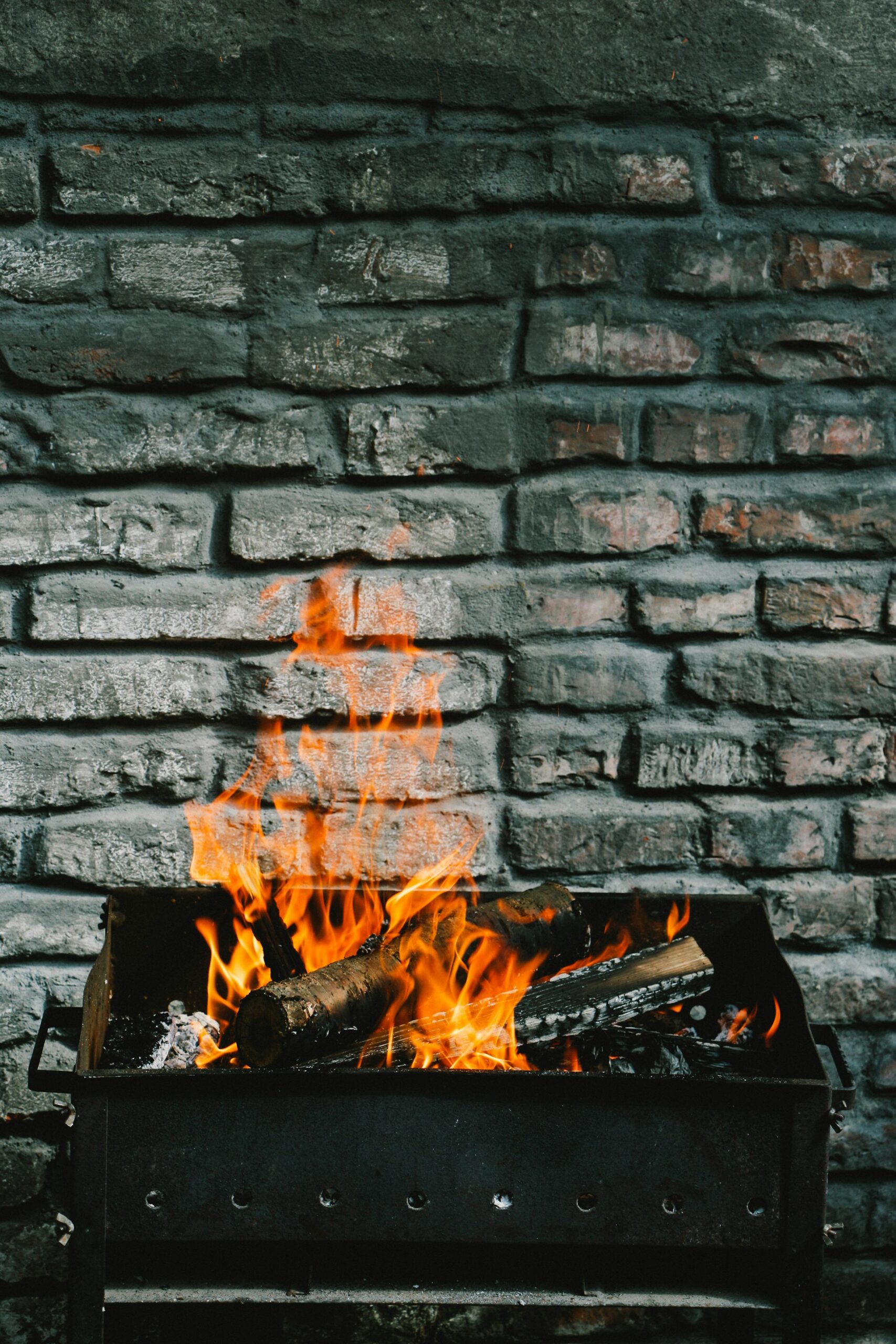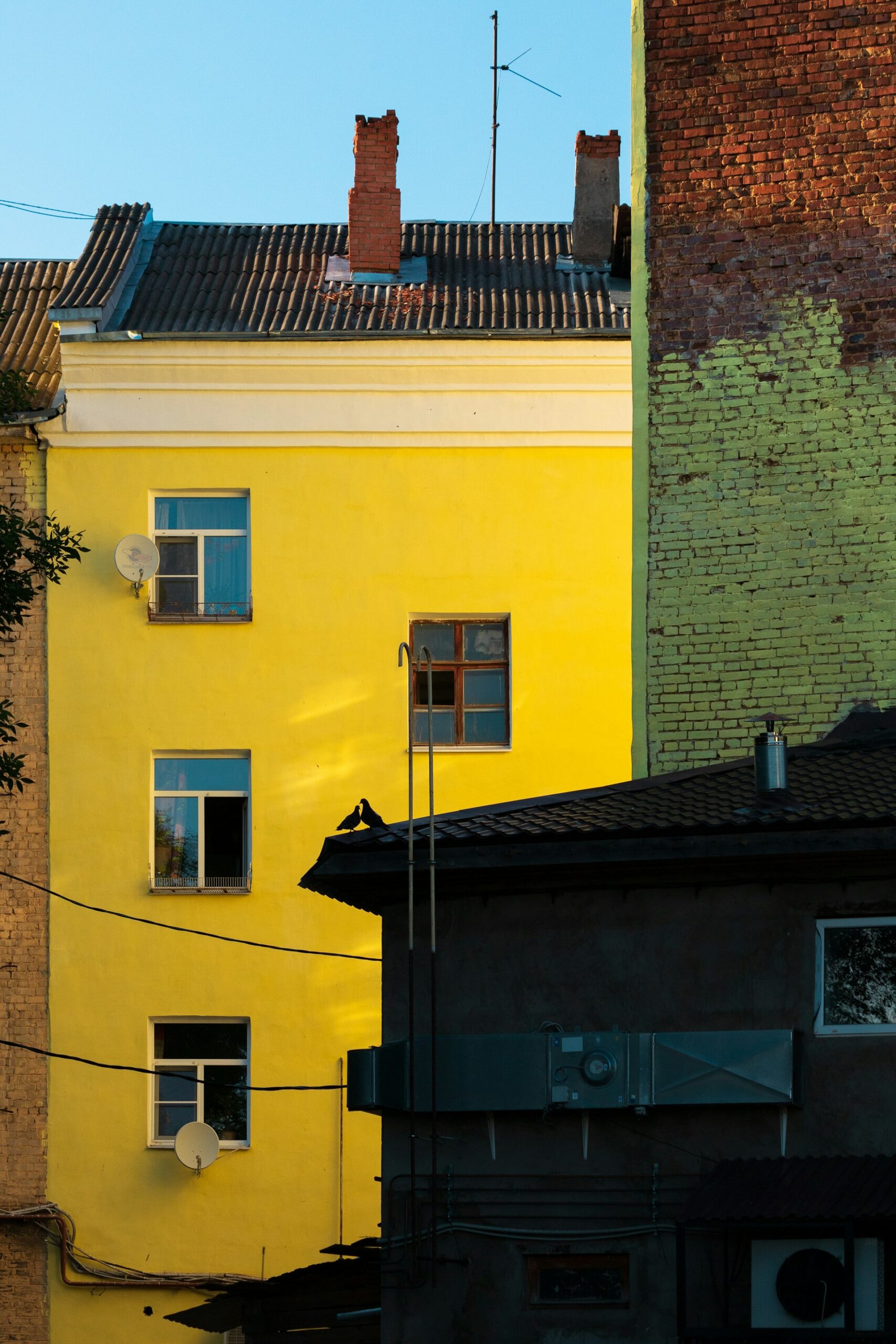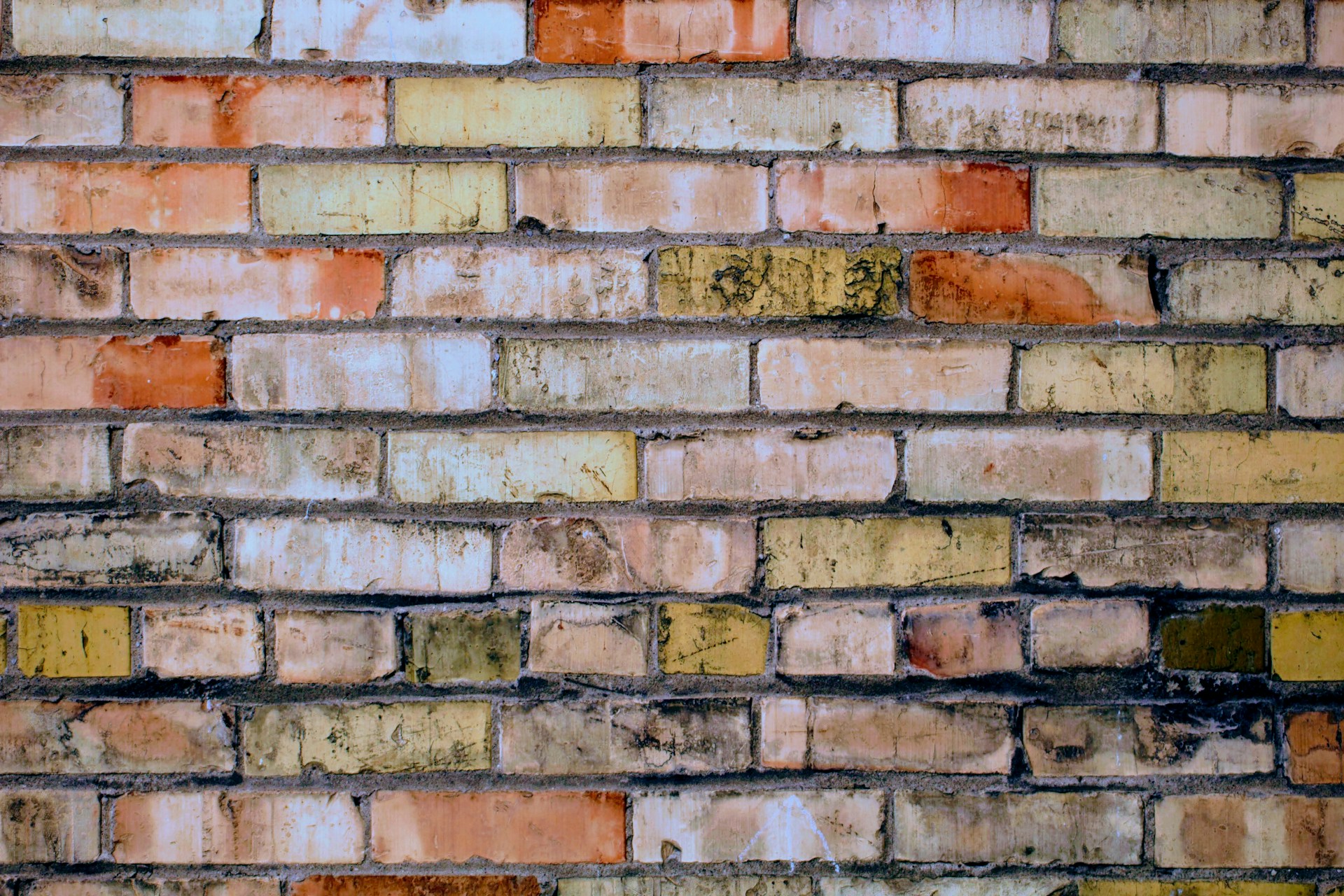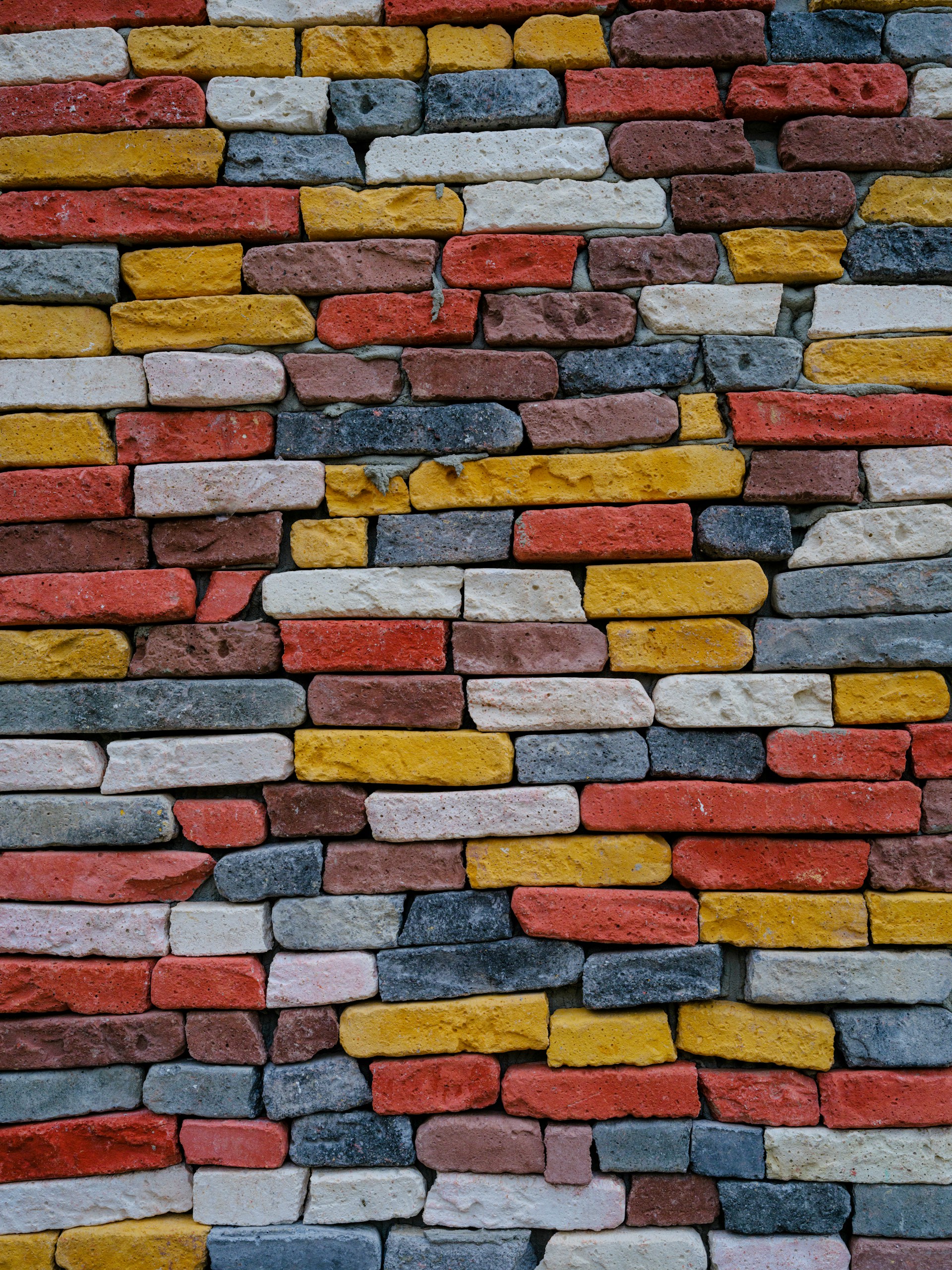Bricks are some of humanity’s oldest and most reliable building materials. From the Great Wall of China to your cozy neighborhood home, they’ve stood the test of time. But when ordinary bricks meet serious heat, they start sweating. Enter: fire bricks—the bricks that laugh in the face of flames.
What Is Fire Brick?
At first glance, a fire brick might look just like any other brick. But don’t be fooled. These specialized bricks are the backbone of fireplaces, wood stoves, pizza ovens, kilns, and industrial furnaces. They protect structures and equipment that face intense, prolonged heat, making them indispensable in both residential and commercial settings.
Fire Brick 101: More Than Just a Brick
Also called refractory bricks, fire bricks are designed to handle extreme temperatures without cracking, crumbling, or degrading. Unlike standard clay bricks, they can take direct flame contact and keep their cool—literally.
What’s inside?
- Alumina (Aluminum oxide)
- Silica (Silicon dioxide)
- Sometimes magnesia, zirconia, or chrome, depending on the use
This magical mixture determines not just heat resistance, but also insulation, density, and strength.
Types of Fire Brick
Not all fire bricks are created equal. They fall into two main categories:
1. Dense Fire Bricks (Hard Bricks)
- Tough, durable, and flame-friendly
- Common in fireboxes, kilns, and blast furnaces
- Higher thermal conductivity absorbs and transfers heat quickly
2. Insulating Fire Bricks (Soft Bricks)
- Lightweight, porous, and lower thermal conductivity
- Keep exterior surfaces cooler while trapping heat inside
- Perfect for kilns, forges, and ovens where efficiency matters
Pro tip: Many systems use both types together for max protection and efficiency.
What Are Fire Bricks Used For?
Think of any environment where heat is king—that’s where fire bricks shine:
- Fireplaces & wood stoves: Protect the firebox and reflect heat efficiently
- Pizza ovens & bread ovens: Retain and radiate heat evenly
- Pottery & glass kilns: Withstand the long, sustained firing cycles
- Foundries & forges: Resist mechanical wear from hot metal
- Industrial furnaces & incinerators: Keep structures intact at extreme temperatures
From cozy hearths to high-tech steel plants, fire bricks are the silent guardians of heat.
Why Fire Bricks Are Essential
Imagine building a fireplace with regular clay bricks. Sure, the first fires might work fine. But over time:
- Cracks form
- Bricks chip
- Eventually, the structure could collapse—or worse, become a fire hazard
Fire bricks prevent all that with:
- High thermal resistance: Can handle 1,800°F (980°C) or more
- Structural integrity under stress: They don’t warp or deform
- Chemical resistance: Perfect for molten metals or reactive gases
- Longevity & safety: Properly installed, they last decades
Fire Brick vs. Regular Brick
| Feature | Fire Brick | Regular Brick |
|---|---|---|
| Heat Resistance | Up to 1,800°F+ | 300–500°F |
| Composition | Alumina, silica, magnesia | Natural clay or shale |
| Applications | High-heat environments | General construction |
| Durability at High Temp | Excellent | Poor |
| Thermal Conductivity | Varies (soft vs. hard) | Generally low |
Bottom line: Using regular bricks in high-heat settings isn’t just inefficient—it’s unsafe.
Read More : What Is Brick Mold for a Door? A Comprehensive Guide to Door Framing Trim
Installation & Maintenance
Installing fire bricks isn’t just stacking bricks with mortar. Standard cement can’t handle the heat—they’d crumble like cookies. Instead:
- Use refractory mortar that matches the brick’s temperature rating
- For curves (like pizza ovens or barrel kilns), cut and shape bricks carefully
- Soft insulating bricks are easier to customize
Maintenance matters: Even the toughest fire bricks can degrade over years. Watch for:
- Hairline cracks (minor)
- Chipping or spalling (moderate concern)
- Loose or shifting bricks (major hazard)
Routine checks protect your investment and prevent fire or structural risks.

